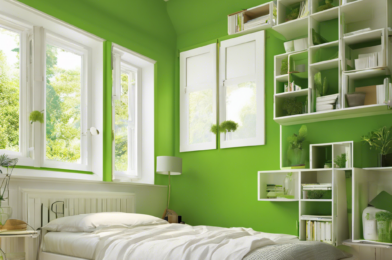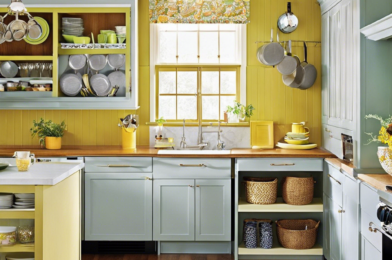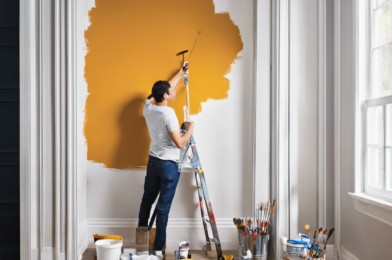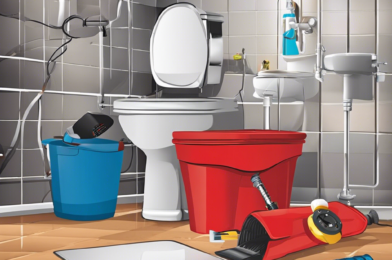Making energy-efficient upgrades to your home may seem like a daunting task, but it can bring a plethora of benefits not only to the environment but also to your wallet. Energy-efficient improvements can reduce your carbon footprint and make your home more comfortable and cost-effective to run. With the world increasingly focused on sustainability, now is the perfect time to consider making some green upgrades to your living space.
One of the most effective ways to improve your home’s energy efficiency is through better insulation. Proper insulation can reduce heat loss during winter and keep your home cooler in the summer, decreasing the need for excessive heating or air conditioning. Modern insulation materials are often made from recycled content and are safe and non-toxic. By investing in good insulation, you’ll not only reduce your energy bills but also decrease your carbon emissions and create a more comfortable indoor environment.
Another important area to consider is your home’s lighting. Traditional incandescent bulbs are extremely inefficient compared to modern LED lighting. LED bulbs use up to 90% less energy and last up to 25 times longer. They also produce very little heat, reducing the burden on your air conditioning system. Making the switch to LED lighting is a quick and easy way to green your home and save money on both energy and replacement bulb costs.
Windows are another key area to focus on when greening your home. Old, single-pane windows can be responsible for significant heat loss and gain, affecting your energy bills and comfort. Upgrading to double or triple-glazed windows can make a huge difference in your home’s energy efficiency and reduce outside noise. Modern windows are often coated with low-emissivity (low-E) materials that help keep heat inside during winter and reflect it away during summer, further improving efficiency.
In addition to these upgrades, there are numerous smaller changes you can make that have a big collective impact. For example, install a smart thermostat to better control your heating and cooling and take advantage of programmable timers and remote access. Upgrade to energy-efficient appliances, such as refrigerators, washing machines, and dishwashers, which use less water and electricity. Even smaller changes, like installing low-flow showerheads and faucet aerators, can significantly reduce water usage without affecting performance.
By embracing these green home improvements, you can reduce your environmental impact and create a more comfortable and efficient living space. Many of these upgrades come with financial incentives, such as rebates and tax credits, and they will also add value to your home. Being kind to the planet doesn’t have to cost the Earth, and with these simple changes, you can start saving money and reducing your carbon footprint today.
Remember, every small change contributes to a greener future. So, whether you’re renovating your entire home or just making a few upgrades, consider choosing energy-efficient options wherever possible. Together, we can create a more sustainable world, one step at a time. By sharing these ideas and inspiring others to follow suit, we can make a positive impact on the planet and future generations.






